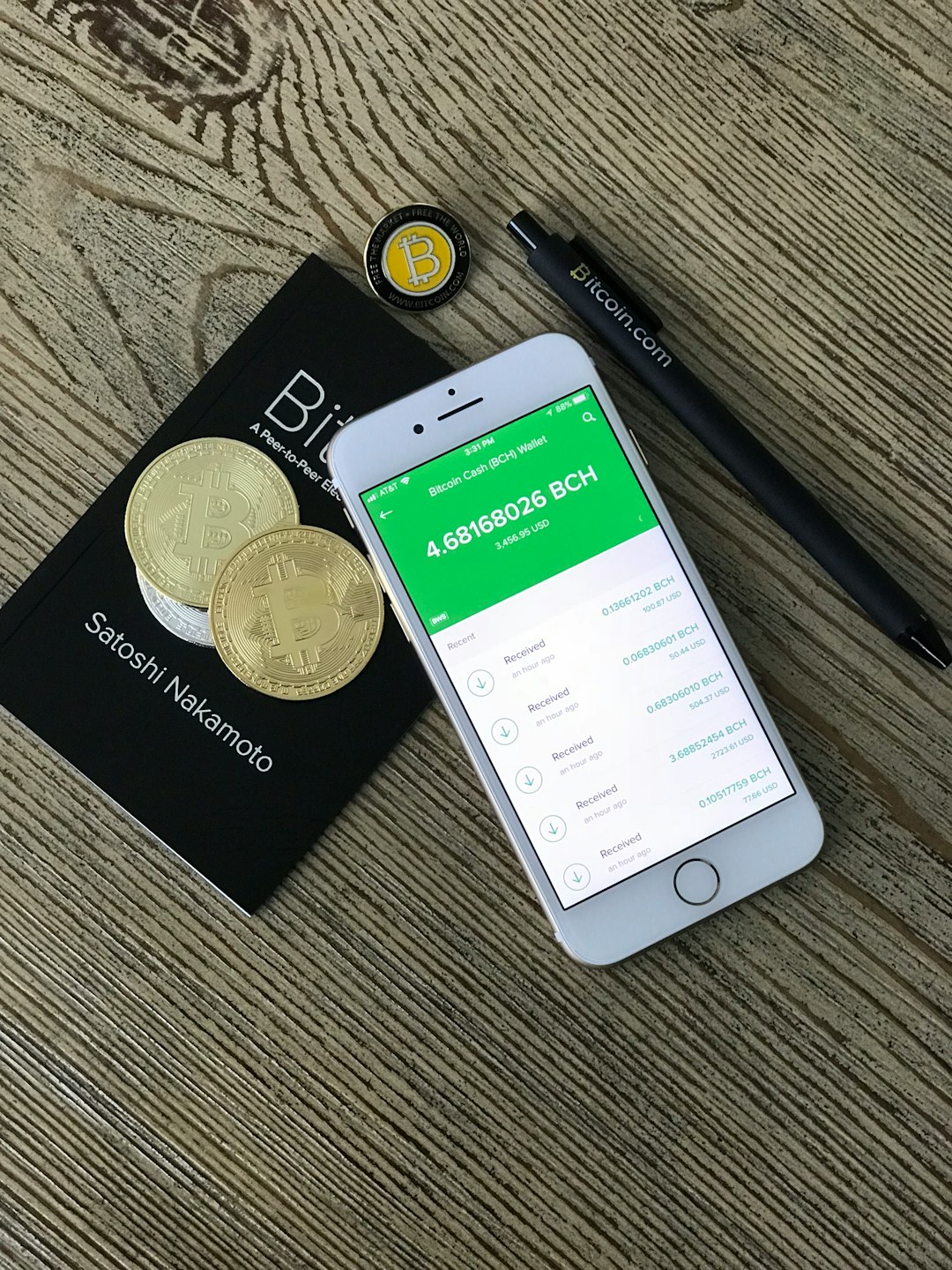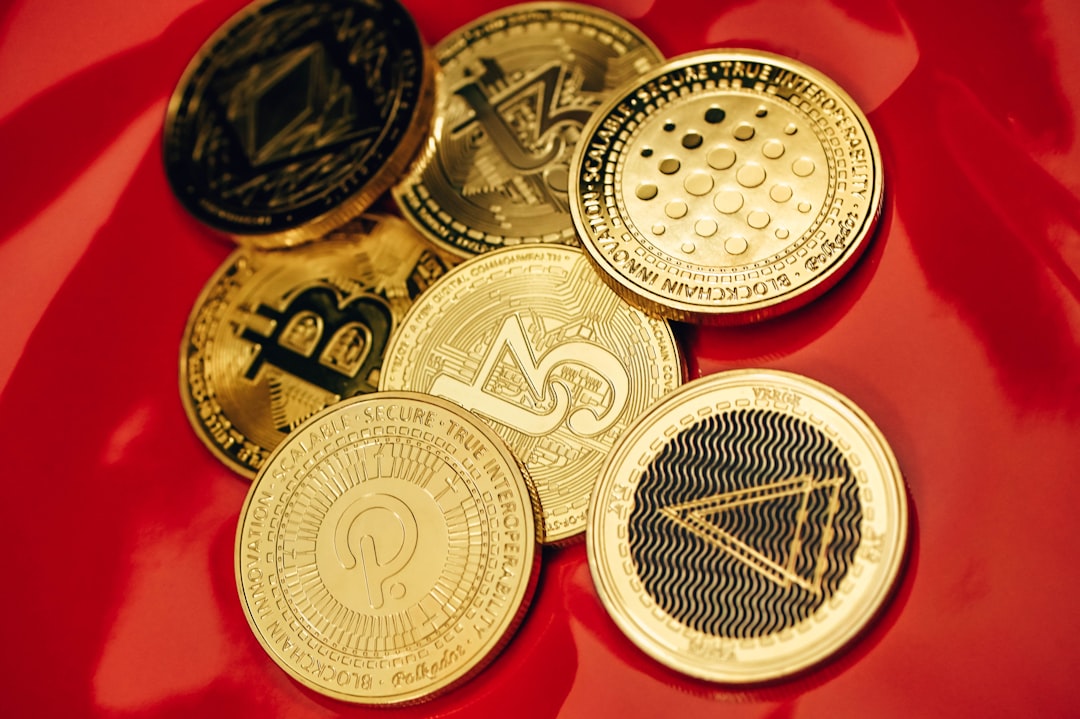As cryptocurrencies continue to gain popularity around the world, an increasing number of fintech apps and platforms are entering the market to simplify crypto transactions for everyday users. Among these emerging platforms is Picnic Wallet, a mobile-based financial service designed to provide users with instant access to digital funds for everyday use. However, a question that many potential users ask is: Can you transfer Bitcoin to a Picnic Wallet account?
The answer is both simple and nuanced. To fully understand whether and how you can transfer Bitcoin to a Picnic Wallet account, it’s essential to explore what Picnic Wallet is, how it operates, what kinds of digital assets it supports, and how it fits into the broader cryptocurrency landscape.
What Is Picnic Wallet?
Picnic Wallet is a mobile wallet application designed to help users manage their money digitally, with a focus on seamless integration with local services such as shopping, utility payments, transportation, and even food delivery. It aims to make digital money spending as easy as scanning a QR code.
Many users are drawn to Picnic Wallet for its user-friendly interface and ability to perform instant money transfers, peer-to-peer payments, and integration with banks and savings accounts. However, it’s important to understand that Picnic Wallet is not a traditional cryptocurrency wallet like Trust Wallet or MetaMask.
Does Picnic Wallet Support Bitcoin?
This is where many users get confused. Picnic Wallet is primarily a fiat-focused digital wallet. This means it is designed to work with traditional currencies, not decentralized digital currencies like Bitcoin.
As of now, Picnic Wallet does not directly support the storage, receipt, or transfer of Bitcoin (BTC). You cannot send BTC from an exchange like Coinbase or Binance directly to a Picnic Wallet address and expect it to be received.
This limitation is often due to regulatory constraints, integration complexities, and a strategic focus on usability for non-tech-savvy users. While some wallets are built to serve the crypto-native crowd, Picnic Wallet focuses on mass adoption in environments where digital fiat currency is more commonly used.
Why Would You Want to Transfer Bitcoin to Picnic Wallet?
Despite this limitation, many users still wonder if it’s possible to somehow use their Bitcoin in tandem with Picnic Wallet for daily expenses, particularly in regions where crypto usage is growing yet conventional infrastructure remains limited.
Here are a few common motivations:
- Convert Bitcoin to Spendable Money: Users want to convert BTC into a form that’s easily spendable via mobile apps like Picnic Wallet.
- Leverage Crypto Earnings: Freelancers, crypto traders, and remote workers often earn Bitcoin and wish to use it for local purchases.
- Remittances: Families want to receive Bitcoin from abroad and spend it using local apps like Picnic Wallet.
While Picnic Wallet doesn’t natively support Bitcoin, there are workarounds that still allow you to use your BTC funds within the Picnic ecosystem.
Using Bitcoin with Picnic Wallet: Workarounds and Options
If you are holding Bitcoin and would like to utilize funds on Picnic Wallet, here are some ways you can make it happen:
1. Convert Bitcoin to Local Currency Using an Exchange
This is the most straightforward method. Using a crypto exchange such as Binance, Coinbase, or Paxful, you can sell your BTC and withdraw the converted funds (in local fiat currency) to a bank account or e-wallet that links to your Picnic Wallet.
- Sell your Bitcoin on the exchange of your choice.
- Withdraw the fiat to your linked bank account or supported payment service (e.g., mobile money).
- Top up your Picnic Wallet from this bank account or service.
This method incurs transaction fees and may take some time depending on the withdrawal method, but it’s secure and reliable.
2. Use Peer-to-Peer (P2P) Conversion Services
P2P crypto platforms allow you to sell Bitcoin directly to individuals in exchange for digital wallet payments. Services like Binance P2P or LocalBitcoins offer this functionality.
You can select a buyer who pays via a method compatible with Picnic Wallet (or a linked service). It’s important to verify that the payment method is supported.
Important: Always conduct P2P trades with users who have high ratings and a history of successful transactions to avoid scams.
3. Use Crypto Payment Gateways
Some crypto payment services allow you to convert and transfer cryptocurrencies to various local digital wallets. For example:
- Chipper Cash
- BitPay
- Strike (for Bitcoin Lightning transfers)
These services may allow you to send BTC and receive local currency into a service that connects with Picnic Wallet. Always verify integration before transferring funds.

Future Possibility: Will Picnic Wallet Integrate Bitcoin?
The possibility of Picnic Wallet supporting Bitcoin in the future depends on various factors including regulatory compliance, demand from users, and technological feasibility.
As more people use Bitcoin for remittances and everyday transactions, fintech apps like Picnic Wallet may reconsider supporting cryptocurrencies more directly. If they do, they might begin by offering support for converting Bitcoin into fiat within the app or even allowing BTC payments through third-party integrations.
Until then, users can rely on external conversion methods to bring BTC into a fiat-supported ecosystem that works with Picnic Wallet.
Risks and Considerations
Before attempting to transfer Bitcoin funds indirectly into Picnic Wallet, here are some key points to keep in mind:
- Volatility: Bitcoin’s price can fluctuate rapidly. Time your conversion wisely to avoid significant losses.
- Security: Only use trusted exchanges and platforms. Scammers exploit transfers made through unfamiliar services.
- Fees: Each conversion step may incur a transfer, withdrawal, or conversion fee. These can add up if not calculated properly.
- Country Regulations: Crypto regulations vary. Some countries may have restrictions on converting BTC or may block crypto-to-fiat pathways.

Conclusion
To directly answer the original question: No, you cannot transfer Bitcoin straight into a Picnic Wallet account as the app does not currently support native Bitcoin transactions. However, there are several practical methods that allow you to use your Bitcoin indirectly with Picnic Wallet through currency conversion, P2P transfers, and third-party services.
As the financial technology landscape evolves and demand for crypto-integrated services increases, the limitations may erode, leading to a future where apps like Picnic Wallet offer native support for digital currencies, including Bitcoin.
Until then, understanding how to safely bridge the gap between crypto and fiat is key to making the most of your digital assets, whether for savings, everyday purchases, or sending money to loved ones. Keep watching the crypto space and the fintech scene—you never know when the next update might change how we use our wallets.

